astronomy
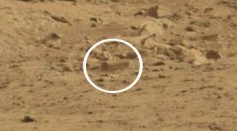
Coffin Discovery on Mars? Why Mars Rovers' Diminishing Memory May Be A Problem for NASA
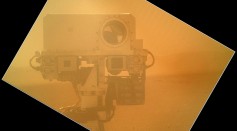
NASA's Mars Rover Seems To Be Going A Bit Senile―It Can't Remember A Thing
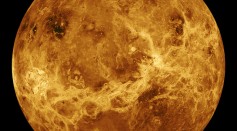
What Lay in Seas of Venus? Researchers Say They May Have Found the Cloudlike Answer

NASA Envisions Floating City High Above in Venus Skies
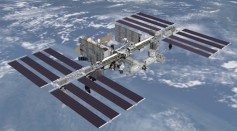
NASA Selects 4 U.S. Partners to Help Further Spaceflight Industry, No Extra Cost to Government

VIDEO: NASA Captures Spectacular Solar Flare Light Display
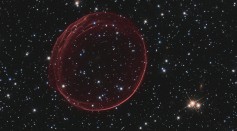
A Christmas Celebration in Space―How the International Space Station Crew Celebrates
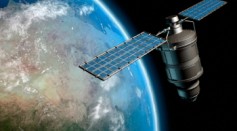
Must See: 5 Months in Space Compressed into 6 Minutes

Orion’s Return: What Re-entry Means for the Industry of Spaceflight
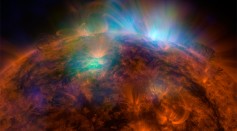
NuSTAR Telescope Helps NASA Find Nanoflares on the Sun
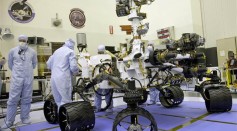
Discovery Sparks Interest—NASA’s Mission to Mars Gets Its Own New Show
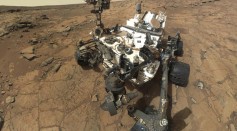
Curiosity Rover Gets Its Own Special—Discovery Channel Tonight
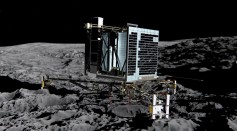
ESA’s Philae Lander May Take the Prize, But Here Are 9 Other Breakthroughs of 2014 Also Worth the Award
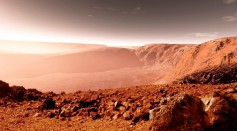
Organics on Mars—Could Life Be Sustained on Red Planet?
Most Popular

Pharaoh's Curse Unlocked? Scientists Claim To Have Cracked the Mystery of What Killed Over 20 People Who Opened the Tomb of King Tut in 1922

Earth's Magnetic Field Nearly Collapsed 600 Million Years Ago, Sparking Evolution of More Complex Life

Why Do People Sigh? Here's What These Deep Breaths Do to the Body and What They Could Mean

Cosmic Monsters Create Intersections That Lead To Stellar-Mass Black Holes Collisions


!['Cosmic Glitch' in Einstein's Theory of General Relativity Could Be Explained in This New Scientific Tweak [Study]](https://1721181113.rsc.cdn77.org/data/thumbs/full/53435/258/146/50/40/cosmic-glitch-in-einsteins-theory-of-general-relativity-could-be-explained-in-this-new-scientific-tweak-study.jpeg)



